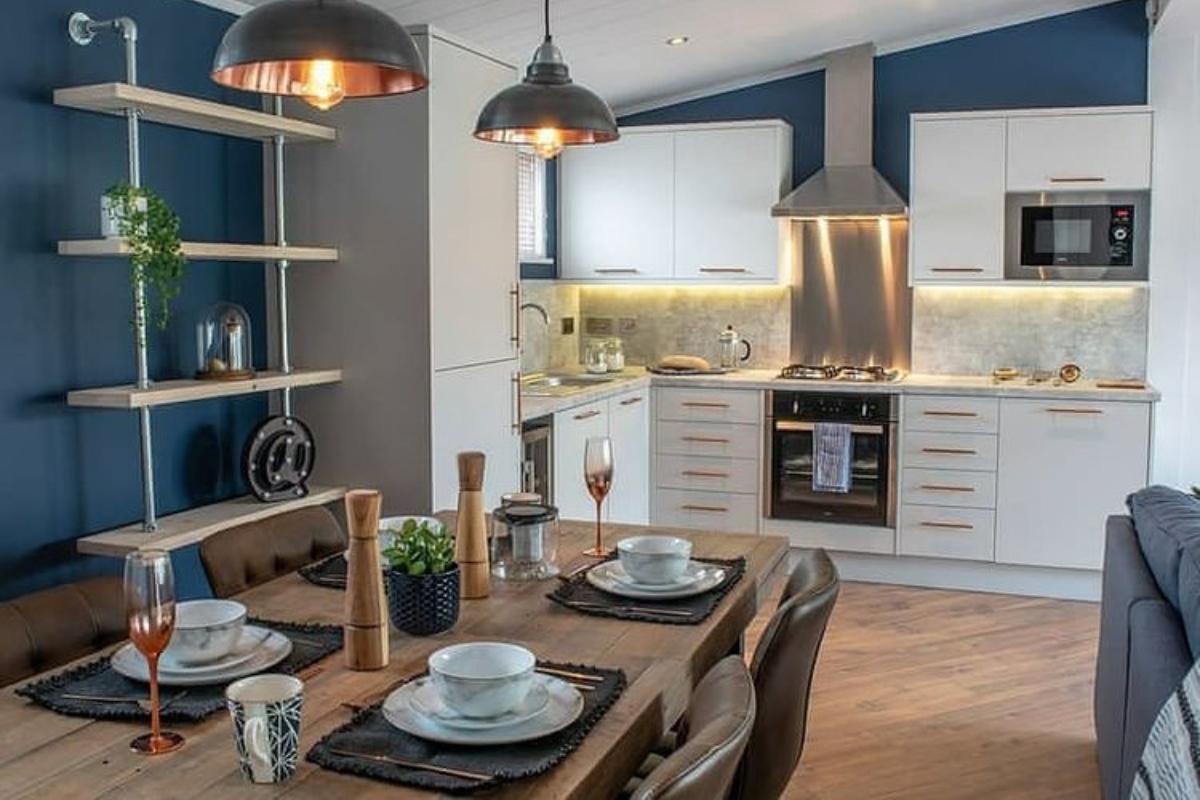 26th February 2024 | IN EXPERT INSIGHT | BY SBID
26th February 2024 | IN EXPERT INSIGHT | BY SBIDSamantha Tong, Interior Designer at Interiors Angel has given her insights into the industry.
I began my career in hotel conference and events, working for companies such as Hilton and De Vere, securing high profile clients such the Liberal Democrats and The Police Federation. I always had an eye for detail, space planning and time management, working as part of a wider team to deliver events tailored to the client specification in hotels nationwide.
I reached a point in my career where I wanted to spread my wings and venture into real estate. Which was when I secured a role with Hoburne Development, as right hand lady to the Director of Development. Supporting him on building sites, liaising with potential buyers and managing a portfolio of properties.
I quickly established key information from potential buyers as to what was important to them when searching for their new home and was fortunate to be trusted to make interior alterations and changes to the aesthetics that elevated the homes, helped sales, and grew local reputation. Thereafter, my role rapidly changed and I soon lead the interior design for the company, from examining each floor plan prior to building, drawing electrical layouts and negotiating with suppliers to staging show homes and styling for photography.
I invested in training, attended trade shows, CPD events and attended networking events to learn from other professionals. Since then, my career has grown with projects from my first phase of new build family homes and Help to Buy apartments, to a new, award-winning holiday park and senior living apartment building with communal lounges.

Why did you want to work in the interior design profession?
I always loved playing Tetris as a child, drawing, painting, pulling pictures out of the Index and Argos catalogues to create room sets and my favourite coursework was designing and creating a model of a playground as part of my graphic design GCSE. I never knew interior design or even architecture existed back then. We were told about service jobs; being a teacher, a lawyer or a nurse. And girls weren’t considered to have a place on building sites. When this world was opened to me at Hoburne Development, I felt like a child again. I get to do all my favourite things; problem solve, be creative and draw. And get paid for it!
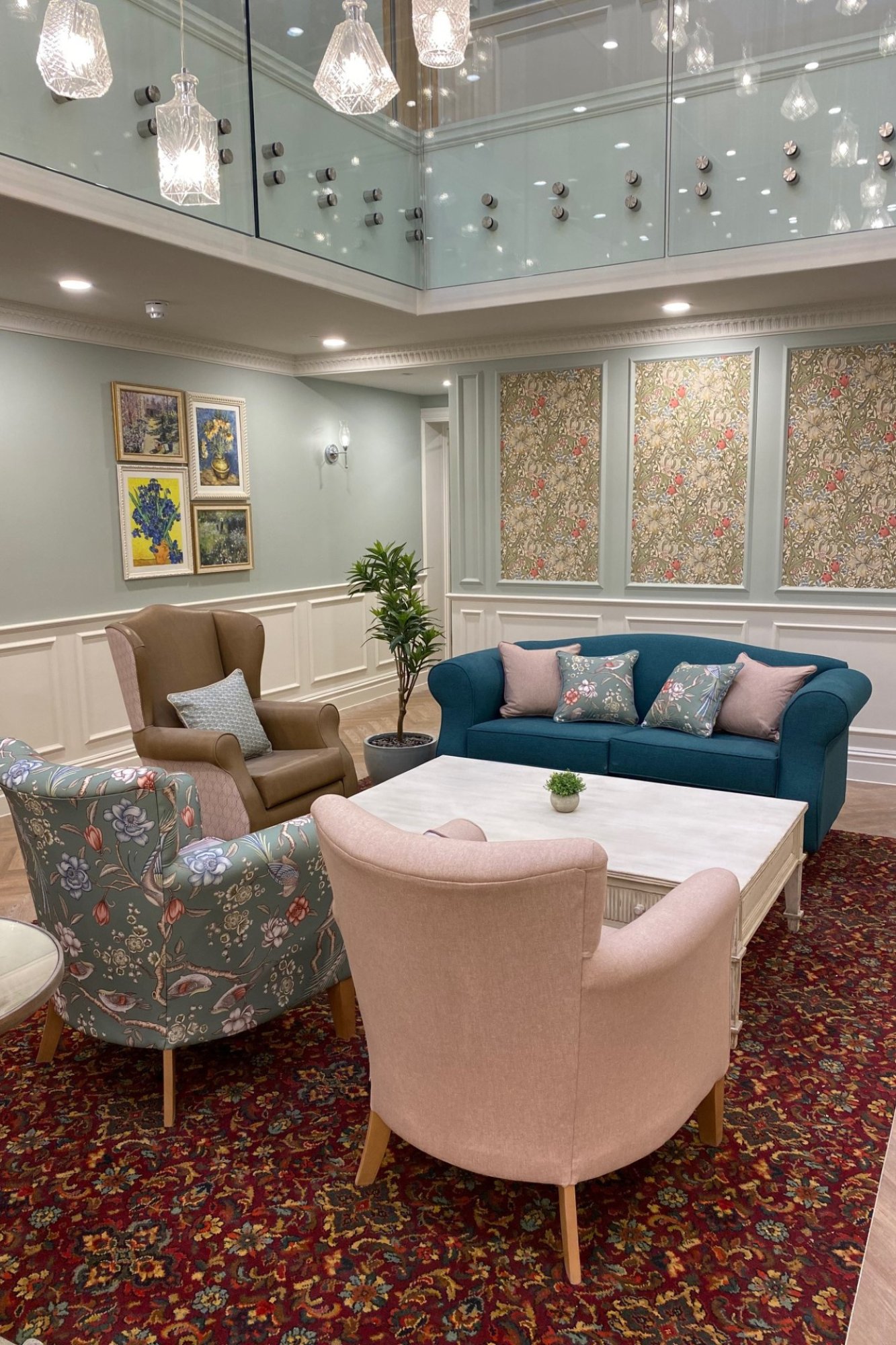
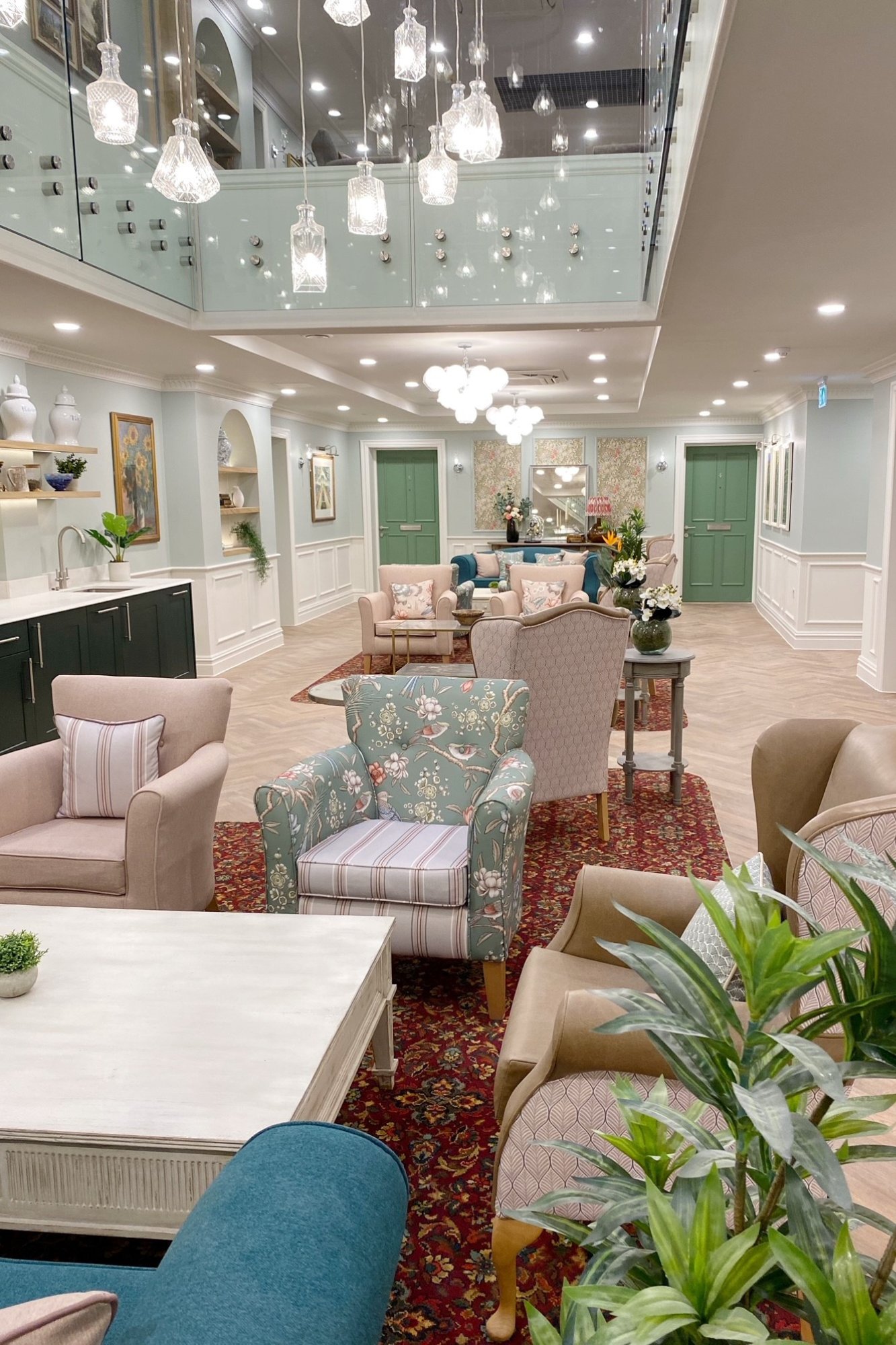
Which elements of your profession do you enjoy the most?
Understanding a client’s lifestyle, desires and pain points and translating that into an environment that they love, that works for them and improves their way of life, not just for now, but their future too. For example, designing a client’s dream bar and lounge on the ground floor of their new extension, whilst also placing services that enables them to easily transform the room to a bedroom with en-suite should they need to as their life evolves.
I enjoy working on floor plans to maximise the space, using colours to influence mood and improve wellbeing and a huge fan of being resourceful, re-purposing objects in aspects of the new design if I can. For example, I recently arranged for a disused architect model of a development to be transformed into a modern coffee table. It’s a great talking piece to showcase the developer in their new office reception waiting area.
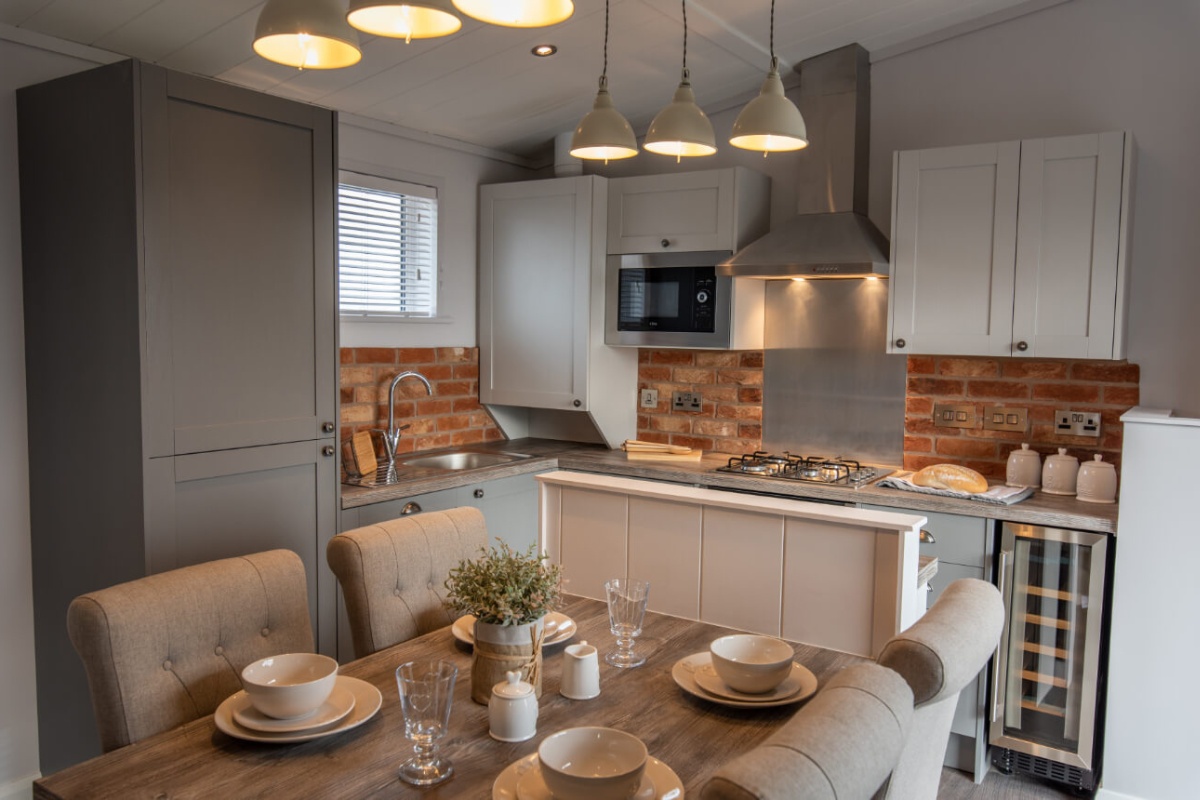
What has been your most memorable career highlight from the past year?
Finch House is a beautiful, listed building in Salisbury that used to be the largest private mental hospital in England. Recently redeveloped by AHH for the over 55’s market it comprises 21 apartments with communal lounges over 2 floors, a carefully restored greenhouse, rose garden and stunning water fountain.
Residents feeling at home as soon they enter, whilst honouring the property and the needs of the demographic was important to me.
This was achieved by increased, layered lighting and considering light reflectance values between surfaces for aging eyes, LVT flooring with recessed, low pile carpet to imitate rugs for moveable equipment and specialist yet stylish furniture for comfort and support. Art from local places and by well-known artists such as Salisbury Cathedral by John Constable, colours with yellow undertones and William Morris wallpaper, bring the space to life and offer talking points for the new community.
The pièce de resistance was the chandelier. Unable to find a light fitting suitable to fill the space whilst not blocking the smoke vent, I designed my first light fitting where 2 soft gold rings with decanter style pendants join, cascading through the void.

What are your favorite types of projects to work on and why?
I love to work on challenging assignments that involve problem solving, where space and technical details need to be carefully considered. Manufacturers couldn’t generate a floor plan or specification that the executive team desired for their new holiday lodge park, Hoburne St Mabyn. I took control, working closely with the manufacturer, operations, and sales team to create our first, unique range of holiday lodges. A hit at the trade show, the development won Hoseason’s Diamond Award and the park is a great success.
Another project I worked on was for a retired couple who had always renovated houses. This project was to be their last and to offer space for a live in carer, should they need it in the future. I sought advice from an occupational therapist to create a layout and specification that serves them now, as they continue to age and that can easily be adapted without costly alterations.


What are the most challenging aspects of working in interior design?
The budget for the interior design element of a project is usually well considered and agreed before starting. However, as build costs accumulate during the programme, that budget slowly decreases, and this can be detrimental to the outcome.
Being adaptable and value engineering can help achieve the design intent without compromising on the result, but when items are stripped out completely either due to cost or lead times affected by world events, it can be demoralising.
Ultimately, you’re judged on the final finish and people forget that these adaptations were made to complete a project on time and within budget. And where you may have designed one element in that has been removed, it was part of an overall picture, which can also jar the aesthetic.
What do you wish you knew before working in the field?
I’m fortunate to have been exposed to working on a construction site and have a great understanding of the processes of a building site. I can stand my ground when a tradesperson is saying something isn’t possible when I know it is. For example, I had an electrician tell my client he couldn’t have a chandelier in his bathroom. When we all know, you can, with the correct IP rating.
However, what I was not prepared for, was how many wallpapers and fabrics there are available! I would meet with other interior designers who would reel off these brands and styles, and I’d have no idea what they were talking about. Thankfully, once I had immersed myself in tradeshows, visited places like Chelsea Harbour and Clerkenwell, I quickly picked them up!

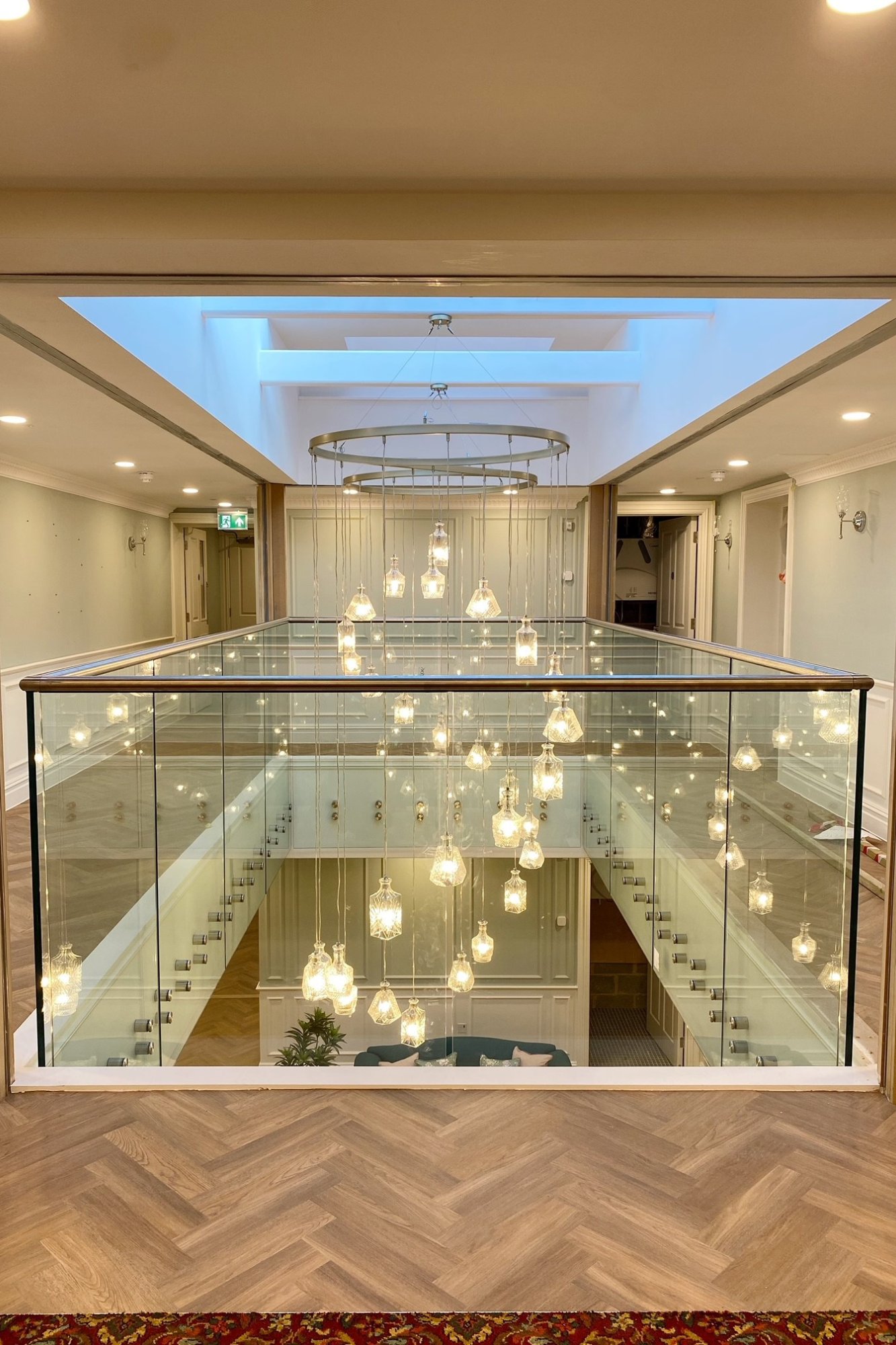
If you could give one tip to aspiring designers, what would it be?
Never stop learning and growing. There are always new styles, trends, brands and ways of working. Attending tradeshows, CPDs, networking, doing online workshops or courses provides you with new opportunities, new relationships, new ways to adapt in a fast-paced industry and new services to offer your clients keeping you ahead of the game.
How do you see the interior design industry evolving in the year ahead?
I feel virtual reality will help designers offer more immersive experiences for clients. 3D modelling plays an important role in helping my clients to visualise their project, particularly space planning and they always make alterations before the build commences as a result. Virtual reality already happens in-store for many high street chains and I can see studios growing this way too.
I also believe we will see more sustainable products that benefit the environment we design becoming available. For example, Crown recently launched Clean Air paint – a paint with air purifying technology. I used it on a recent office project – it’s currently available in ‘whites’ – and there was a noticeable difference in smell between that and the usual product I used on other walls. I hope to see more of these products and colours become available over the next year.
What does being an SBID Accredited Interior Designer mean to you?
As you will have learned, the route into interior design was a career change for me. It required significant investment in training, most of which took place with a new baby at home, and years of making the most of the opportunities that arose to allow me to learn and grow quickly within the industry.
Being an SBID Accredited Interior Designer acknowledges this investment and recognises that I have succeeded in offering high standards of practice too. The ongoing support and CPD and tradeshow opportunities available also help to keep at the top of my game.

About Samantha Tong
Accredited interior designer with extensive experience in leading projects within the hospitality, property development and construction industry. And certified home staging and styling professional. Experienced in pre-build interior design and technical co-ordination, I tailor each project to the customer profile to maximise space and can assist with value engineering to help keep within budget. A keen eye for detail and understanding of Lifetime Homes, I specialise in designing for family life, senior living and lettings.
If you’d like to feature your news or stories on SBID.org, get in touch to find out more.
If you’d like to become SBID Accredited, click here for more information.



